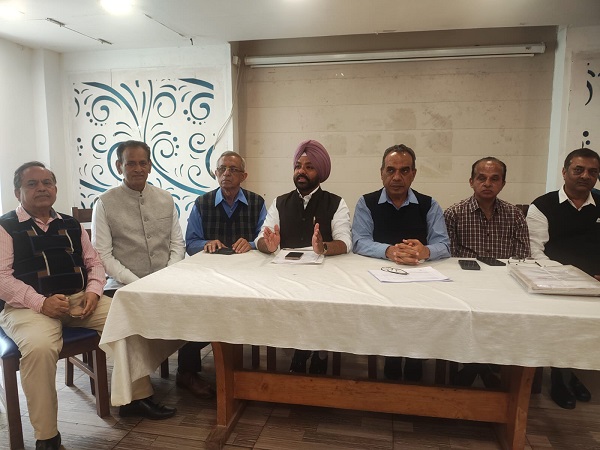
Ohio, a battleground state renowned for its pivotal role in national elections, boasts a rich political history and a vibrant electoral landscape. From local races to statewide contests, Ohioans consistently demonstrate their active engagement in the democratic process. This comprehensive guide delves into the intricacies of Ohio’s elections, empowering citizens with the knowledge and resources to participate meaningfully in shaping their political future.
Key Elections in Ohio
Ohio’s electoral calendar features a variety of elections, each holding significant implications for the state’s governance and direction. These elections include:
- General Elections: Held every four years, general elections determine the occupants of various offices, including the governor, lieutenant governor, attorney general, auditor of state, treasurer of state, secretary of state, and all 132 seats in the Ohio House of Representatives and 33 of the 99 seats in the Ohio Senate.
- Presidential Elections: Ohio, with its 18 electoral votes, remains a crucial state in determining the outcome of presidential elections. The state’s political leanings often shift, making it a closely watched battleground during presidential campaigns.
- Primary Elections: Held before general elections, primary elections allow voters to select the candidates from each party who will compete in the general election. Primary elections play a vital role in narrowing the field of candidates and ensuring that each party’s most representative nominee emerges.
- Local Elections: Local elections, held at various intervals, determine the leadership of municipalities, townships, counties, and school boards. These elections directly impact local issues such as education, infrastructure, and community development.
Voter Registration and Requirements
To be eligible to vote in Ohio, individuals must meet specific residency and registration requirements. Key aspects include:
- Residency: Voters must have resided in Ohio for at least 30 days immediately preceding an election.
- Registration: Voters must register to vote at least 30 days before an election. Registration can be completed online, by mail, or in person at a designated voter registration location.
- Citizenship: Voters must be U.S. citizens.
- Age: Voters must be at least 18 years old on Election Day.
- Voting Rights: Individuals convicted of a felony must have completed their sentence, including probation or parole, to regain their voting rights.
Polling Locations and Voting Methods
Ohio offers multiple convenient options for casting a ballot:
- In-Person Voting: Voters can vote in person at their assigned polling location on Election Day. Polling locations are typically located in public schools, libraries, or community centers.
- Early Voting: Ohio allows early voting for several days leading up to Election Day. Early voting can be done in person at designated early voting locations or by mail.
- Absentee Voting: Voters can request an absentee ballot if they have a qualifying reason, such as illness, disability, or out-of-town travel. Absentee ballots can be mailed back to the election board or dropped off at an early voting location.
Election Resources and Information
To stay informed about Ohio’s elections, voters can access a wealth of resources:
- VoteOhio.gov: The Ohio Secretary of State’s official website provides comprehensive information on voter registration, polling locations, election results, and candidate information.
- County Board of Elections: Each county in Ohio has its own board of elections responsible for administering elections within the county. County boards of elections provide voter registration services, sample ballots, and election updates.
- Local News and Media: Local newspapers, television stations, and radio stations often provide coverage of Ohio elections, including candidate interviews, debates, and election results.
- Civic Engagement Organizations: Civic engagement organizations, such as the League of Women Voters and Ohio Citizen Action, offer voter education resources and encourage participation in the democratic process.
Conclusion
Ohio’s elections play a pivotal role in shaping the state’s political landscape and determining the policies that impact the lives of Ohioans. By understanding the election process, registering to vote, and participating in elections, Ohioans can actively engage in shaping the future of their state.





